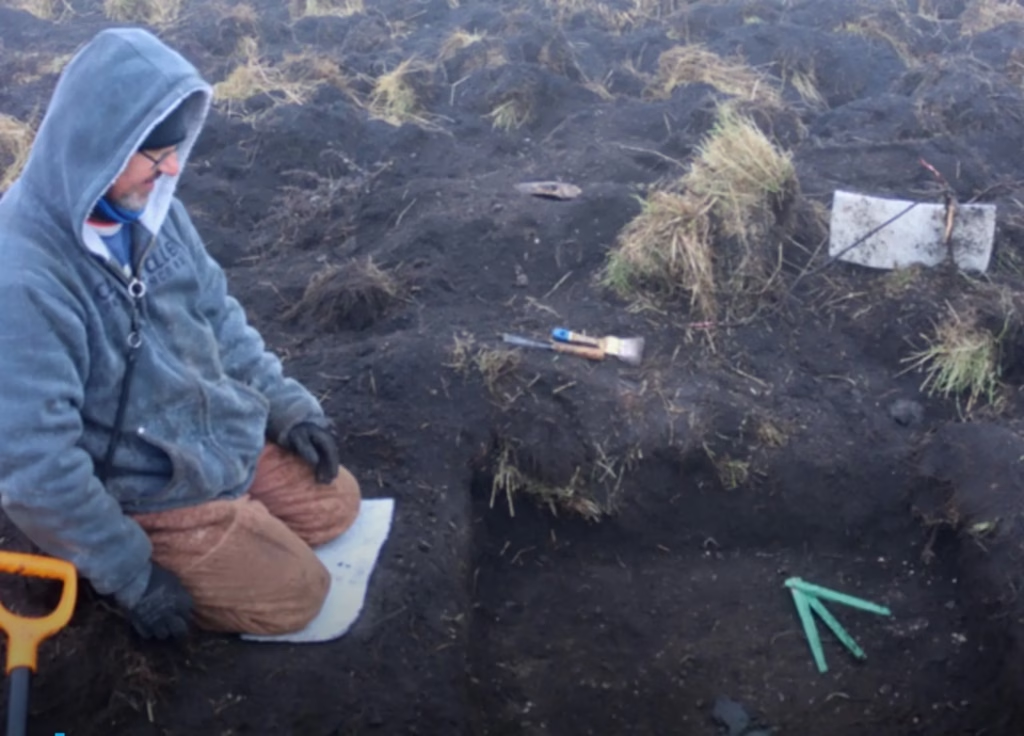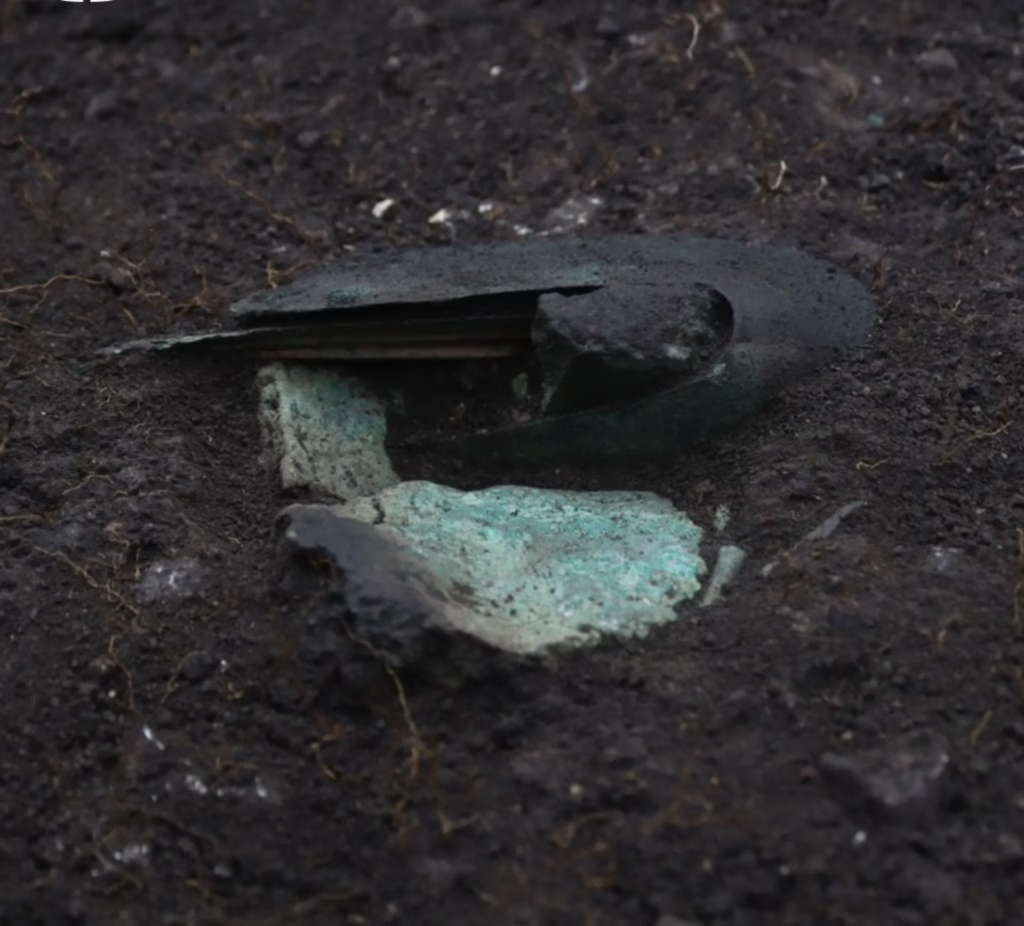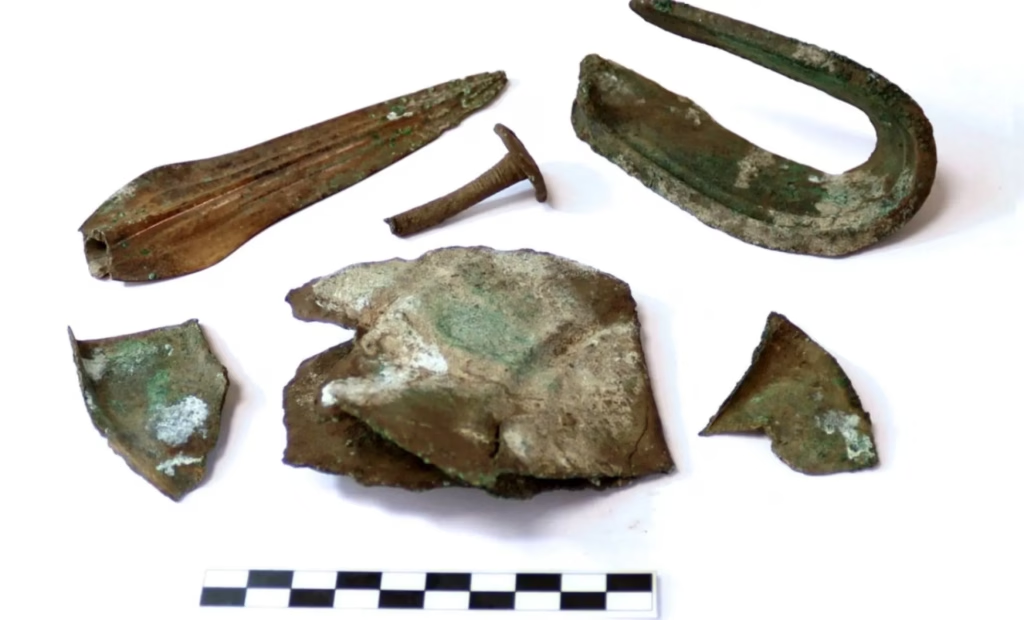An extraordinary archaeological discovery in South Moravia, Czechia, has brought to light a 3,200-year-old bronze armor fragment dating back to the legendary era of the Trojan War. Experts describe the find as one of the most significant of its kind in Central Europe.
A Rare Glimpse into the Time of Troy
The fragment, which has been analyzed by archaeologists at the Brno City Museum, is believed to be part of a bronze chest plate used by a warrior elite during the Late Bronze Age. The armor dates back to around 1200 BCE — the same period as the mythical Trojan War described by Homer in The Iliad.
Such items were not common; they were reserved for high-ranking warriors and required great craftsmanship and valuable resources to produce.

Found in a Hidden Location with Signs of Ritual
The discovery was made thanks to the collaboration between professional archaeologists and experienced metal detectorists. The exact location has been kept confidential to protect the site. Alongside the armor fragment, a bronze spearhead, sickle, pin, and several other metal objects were unearthed — many of them intentionally damaged.
Researchers believe the items may have been buried as part of a ritual offering, a practice not uncommon in the Late Bronze Age.

Ancient Armor Digitally Reconstructed
Initially, the armor piece appeared as a simple folded sheet of metal. However, with the use of advanced 3D scanning technology, experts were able to digitally reconstruct its original form and decoration, revealing it to be part of a rare bronze cuirass.
This is only the second known discovery of such armor within Czech territory.

A Testament to Public–Expert Collaboration
The excavation and analysis were carried out in cooperation with the Institute of Archaeology and Museology at Masaryk University. Zbyněk Šolc, Director of the Brno City Museum, emphasized the importance of involving the public in archaeological research:
“This discovery proves how vital long-term collaboration between scientists and the public truly is. Together, we can uncover and preserve priceless pieces of our past.”
Cultural Context: Life Beyond Troy
During the time this armor was made, the South Moravian region was home to communities associated with the Urnfield Culture — a cultural complex known for cremation burials, distinctive pottery, and warrior traditions. While not directly connected to the Trojans or Greeks, these people lived within the broader Bronze Age world, influenced by the same regional dynamics of conflict, trade, and social hierarchy.
Cover Image Credit: Brno City Museum




